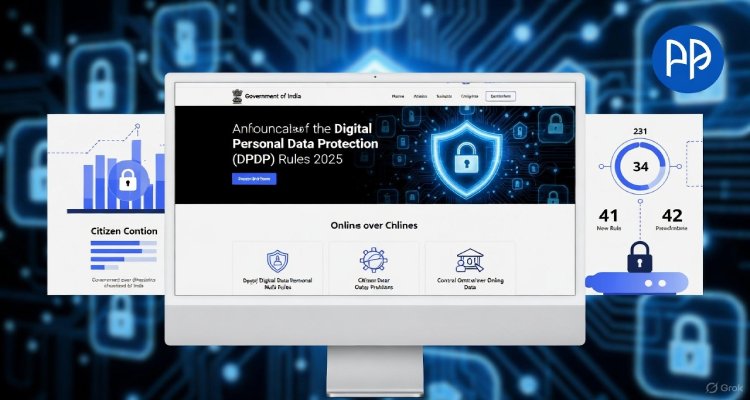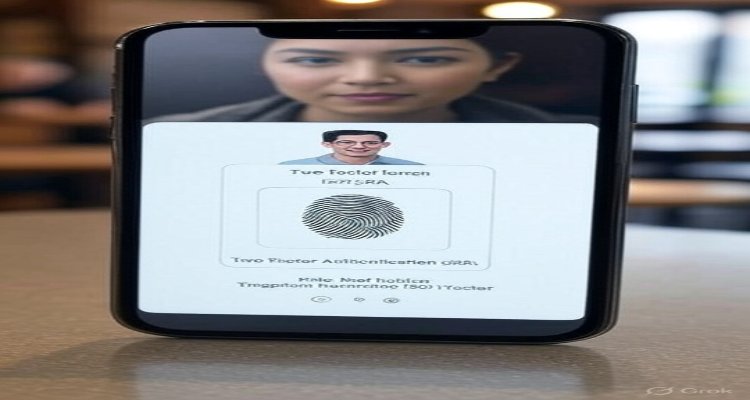RBI Issues New Directions for Digital Transaction Authentication
The Reserve Bank of India has issued new guidelines on digital transaction authentication, mandating robust Two-Factor Authentication (2FA) for enhanced security.
Introduction: A New Era of Digital Security
India’s digital payments ecosystem is one of the fastest-growing in the world, handling billions of transactions every month. With this growth, however, comes the rising challenge of cyber fraud and identity theft. To strengthen consumer protection and future-proof the digital economy, the Reserve Bank of India (RBI) has released the Authentication Mechanisms for Digital Payment Transactions Directions, 2025. These new guidelines set a fresh benchmark for security, ensuring that every domestic and select international transaction is authenticated through at least Two-Factor Authentication (2FA).
Context & Background
For years, India has relied on SMS-based One Time Passwords (OTPs) as the backbone of 2FA in online payments. While OTPs played a crucial role in curbing fraud, technological shifts and evolving cyber threats highlighted the need for stronger, more flexible authentication mechanisms.
Globally, payment security standards have advanced toward multi-layered approaches, combining “something you know” (password, PIN), “something you have” (card, token, device), and “something you are” (fingerprint, face ID, biometrics). RBI’s latest directions align India’s payment ecosystem with these evolving global practices, offering consumers more secure and seamless digital experiences.
Main Developments in RBI’s 2025 Directions
The new RBI guidelines emphasize both flexibility and robustness in payment authentication. Key highlights include:
- Mandatory Two-Factor Authentication: All digital transactions must be validated by at least two factors from the categories of knowledge, possession, or biometrics.
- Dynamic Authentication Factor: At least one factor must be dynamically generated or proven unique to each transaction, such as a one-time code, cryptographic proof, or biometric verification.
- Independence of Factors: A compromise of one factor (e.g., stolen password) must not undermine the reliability of the second.
- Diverse Authentication Options: Beyond SMS OTP, mechanisms may include passphrases, hardware tokens, software-based tokens, fingerprints, Aadhaar-linked biometrics, or device-native authentication like face recognition.
- Coverage for Cross-Border Transactions: While applicable primarily to domestic payments, certain cross-border card transactions using India-issued cards are also covered for enhanced safety.
This move reflects RBI’s intent to encourage innovation in authentication technologies while safeguarding customers from fraud risks.
Expert Insight & Public Reaction
Industry experts have largely welcomed the move.
Ramesh Menon, a cybersecurity analyst, noted: “RBI’s push for dynamic and flexible authentication is timely. SMS OTPs have long been the default, but they’re increasingly vulnerable to SIM-swap and phishing attacks. The shift toward biometrics and device-native authentication is the right step forward.”
On the consumer side, the reaction is mixed. While some users appreciate stronger protection, others worry about the potential inconvenience of new processes. However, payments firms argue that advancements in smartphone authentication—such as fingerprints and facial recognition—will actually make transactions smoother and faster, reducing reliance on manual OTP entry.
Impact & Implications
The ripple effects of these directions will be felt across the entire digital payments chain:
- Consumers: Greater safety from fraud, but potential learning curve with new authentication options.
- Banks & Payment Gateways: Need to upgrade systems, integrate advanced authentication tools, and educate customers.
- Fintech Companies: Opportunity to innovate by introducing AI-driven fraud detection, biometric authentication, and tokenized security models.
- International Transactions: Cardholders making online purchases on global platforms may see stronger authentication layers, ensuring parity with domestic security.
Importantly, by mandating independence of authentication factors, RBI ensures that even if a password or device is compromised, another layer of protection still shields the transaction.
Conclusion: Building Trust in India’s Digital Future
The Reserve Bank of India’s 2025 authentication directions represent more than just a regulatory update—they mark a pivotal step in shaping a safer digital financial landscape. By mandating multi-factor, dynamic, and resilient authentication methods, RBI is striking a balance between innovation and consumer security.
As India continues its march toward a cashless economy, these measures are not just about preventing fraud—they are about building trust, which is the cornerstone of any thriving digital ecosystem.
Disclaimer : This article is for informational purposes only and does not constitute legal or financial advice. Readers are encouraged to refer to the official RBI notification for complete details.











